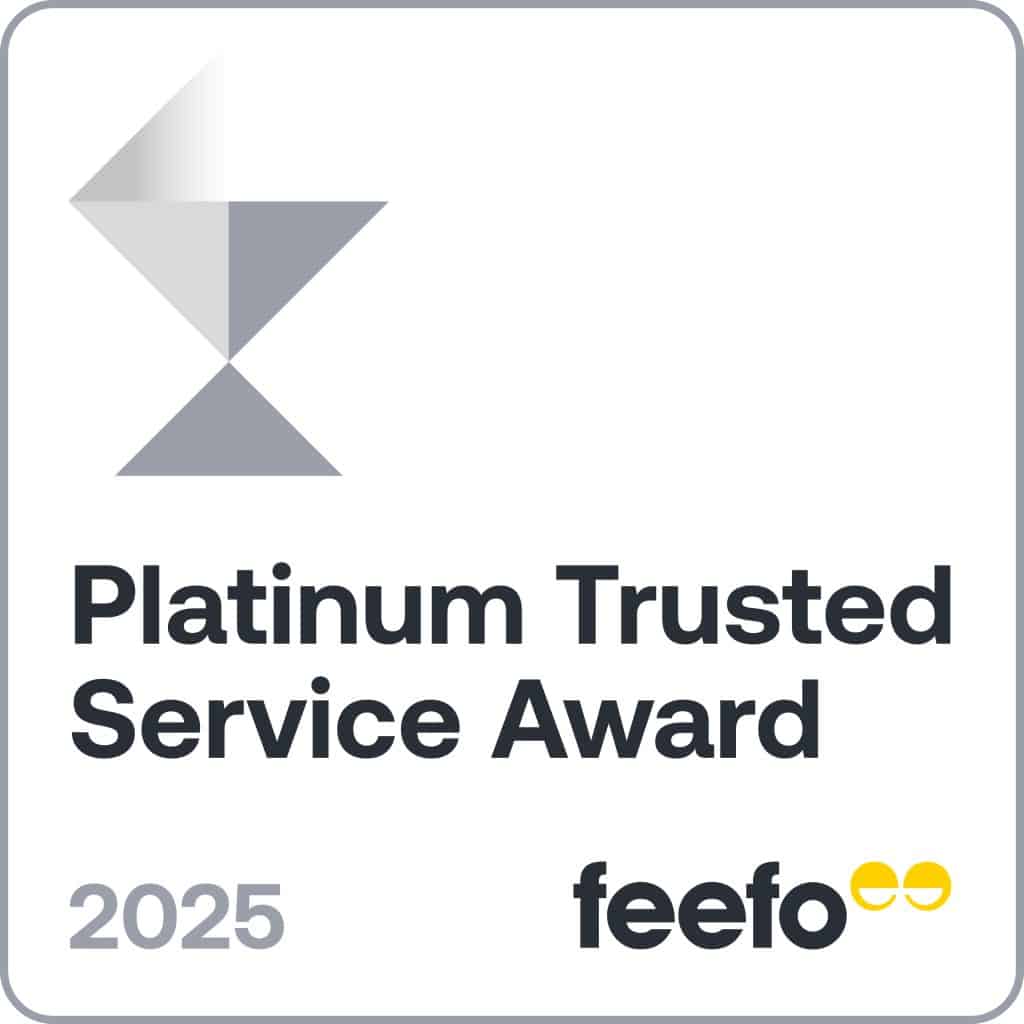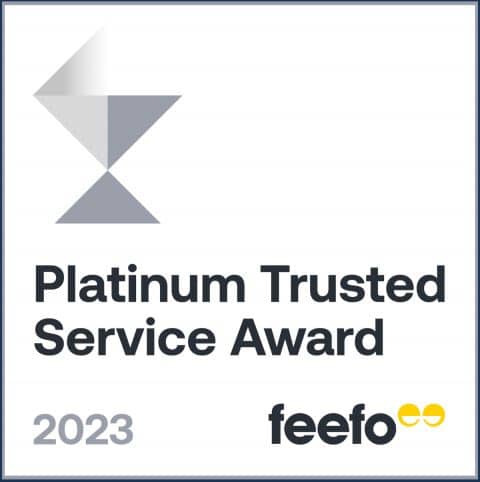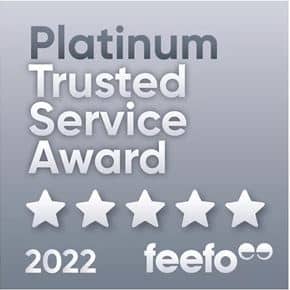Like any other type of business finance, bad credit loans give owners and operators access to the funds they need. However, unlike standard loans, lenders offering this type of finance can work with businesses even when their credit score or history isn’t the best. If you've found yourself in this boat, it's important to know that you aren't out of options. Apply with Savvy today and, if approved, access the funds your business needs before you know it!
Why apply for a business loan with Savvy?
Expert brokers
You can speak with one of our specialist commercial brokers who can walk you through a range of loans to best suit your company's needs.
Over 40 lending partners
You can compare business loan offers, through a range of trusted lenders, maximising your chances of a great rate.
Fast online process
You can fill out our simple online form to generate a free business finance quote within minutes. You can also come back to it at any time.
How are bad credit loans different from regular loans?
There are some key differences between bad credit business loans and regular business loans, including:
- Higher interest rates and fees: because of the increased risk associated with bad credit, you’ll have to pay more to borrow.
- Lower borrowing limits: you won’t be able to borrow as much as businesses with good credit, as lenders will see bad credit as riskier.
- Shorter loan terms: while some business loans allow you to repay your loan over ten to 30 years, you generally won’t be able to take more than three here at most.
- Fewer options: banks and big non-bank lenders often won’t lend to businesses with bad credit, so we’ll help connect you with a specialist lender.
How much can I borrow if my business has bad credit?
As mentioned, the amount you’re able to borrow will be lower on a bad credit loan than a regular loan in most cases. There’s no specific maximum limit imposed by lenders, as it’s always assessed on a case-by-case basis.
Many lenders operate based on a ratio to your business’ income. Depending on the type of business you have and your monthly income, lenders may approve loans worth as much as 2:1 (particularly for established businesses or those with low overheads), but 1:1 or 0.5:1 is more common. For example, if your business was bringing in $35,000 per month, you may be able to borrow up to $35,000.
However, several factors can impact your borrowing power, including:
- Whether the loan is secured or unsecured: adding a high-value asset as collateral for your loan can significantly increase your business’ borrowing power.
- The value of your collateral (if secured): your collateral will need to be valuable enough to cover your loan amount. For instance, a $20,000 car won’t be suitable for a $100,000 loan.
- Your business’ turnover: naturally, businesses with higher turnover are more likely to have more money available to cover higher repayments, increasing the amount you can afford.
- Your business’ assets and liabilities: it isn’t just about collateral, as lenders consider the assets on your business’ books, as well as other outstanding debts, when calculating your borrowing power.
- The nature of your business’ bad credit: not all bad credit is made equal. For instance, a business with minor non-financial defaults from a few years back will be better off than one with several recent financial defaults.
How much will my business loan cost?
There’s a range of variables that can have a say in how much you’ll pay across the life of your business loan. These include:
- Interest rate
- Fees
- Loan amount
- Loan term
- Whether early repayments are made
Let’s take a look at how different interest rates and loan amounts can change the total interest you’ll pay overall:
| Loan amount | 15.00% p.a. | 17.00% p.a. | 19.00% p.a. |
|---|---|---|---|
| $25,000 | $1,994 | $2,267 | $2,542 |
| $50,000 | $3,988 | $4,534 | $5,083 |
| $75,000 | $5,982 | $6,800 | $7,624 |
Total interest costs based on a one-year loan term with fortnightly repayments.
Meanwhile, this table demonstrates how the time you take to repay your loan can impact its cost:
| Loan amount | Loan term | Interest rate | Fortnightly repayments | Total cost |
|---|---|---|---|---|
| $30,000 | Six months | 15.00% p.a. | $2,402 | $1,222 |
| $30,000 | One year | 15.00% p.a. | $1,246 | $2,385 |
| $30,000 | Two years | 15.00% p.a. | $670 | $4,794 |
Note that these two tables are used for illustrative purposes only and don’t necessarily reflect the interest rate or loan deal you’d receive when you apply.
Types of business finance
WHAT OUR CUSTOMERS SAY ABOUT THEIR FINANCE EXPERIENCE



Savvy is rated 4.9 for customer satisfaction by 6324 customers.
How to maximise your business loan approval chances with bad credit
-
Improve your business’ credit score
Doing things like paying off unpaid defaults, continuing to pay other debts and bills on time and lowering unnecessary credit limits can all help improve your credit score
-
Secure your loan
If you’re in a position to provide an asset as collateral, like residential or commercial property or another business-owned asset, that’ll be a big plus. These add an extra layer of security to the loan, enhancing your application.
-
Apply for a joint business loan
Applying for a joint loan with someone with a good score provides lenders with increased confidence in your ability to repay your loan and could result in a more competitive interest rate.
-
Apply within your business' means
With a loan that’s best suited to your business’ projected cashflow, your lender will be more likely to approve you. This might mean borrowing a smaller amount to begin with and, once you pay that off, applying for a bit more.
-
Show a verifiable repayment history
One of the most effective ways to increase your approval chances is to show your lender that you’ve been able to repay similar loans in the past. Proving you have a strong track record will be a big help.
-
Apply with Savvy
When you apply with Savvy, we’ll run your application past our panel of flexible business lenders and match you with the best available option. There’s no need to stab in the dark when we know our lenders’ eligibility criteria inside and out.
Crunch the numbers
with our business loan repayment calculator
Your estimated repayments
$98.62
| Total interest paid: | Total amount to pay: |
| $1233.43 | $5,143.99 |
Applying for a business loan with Savvy
-
Tell us about yourself and what you want to buy
First of all, fill out our simple online application form. This will tell us details like what you want to buy, how much you need and your business’ structure, revenue and trading time.
-
Send through any required documentation
We may require further information in some cases to verify parts of your application. If this is the case, we’ll ask you to submit additional documents via our online portal.
-
Discuss your next steps with a Savvy consultant
Once we get all the info we need, we’ll get to work comparing options from our lender panel. A member of our consultant team will give you a call to talk about your options.
-
Have your application submitted for formal approval
After you give us the all-clear, we’ll get to work preparing your application to submit to your lender. This can be formally approved as soon as within 24 hours.
-
Sign your contract and settle the deal
Once you're approved, we'll send all the required contracts and forms you’ll need to sign, which can be done electronically. We’ll handle settlement and the asset can be yours before you know it!
Business loan eligibility and documentation
Eligibility
-
Age
You must be at least 18 years of age
-
Residency
You must be an Australian citizen or permanent resident (or, in some cases, an eligible visa holder)
-
ABN registration
Have an ABN registered in your name (available from as soon as one day after registration)
-
Usage
Meet business usage requirements (at least 51% of any asset you buy, for example)
-
Credit score
You must meet your lender’s minimum personal and business credit score requirements
-
Commercial asset
If you're buying an asset with a secured loan, it must meet your lender’s requirements in relation to its type, age and condition
Documents
-
Personal information
Such as your full name, date of birth, address and contact details
-
Driver's licence
Front and back (or another form of government-issued ID)
-
Assets and liabilities
Information about your business’ assets and liabilities, as well as those in your name
-
Asset details
If buying an asset, information such as its model and age, is worthwhile having on hand
-
Business statements
Business Activity Statements (BAS) and business bank statements may be requested, but not always









